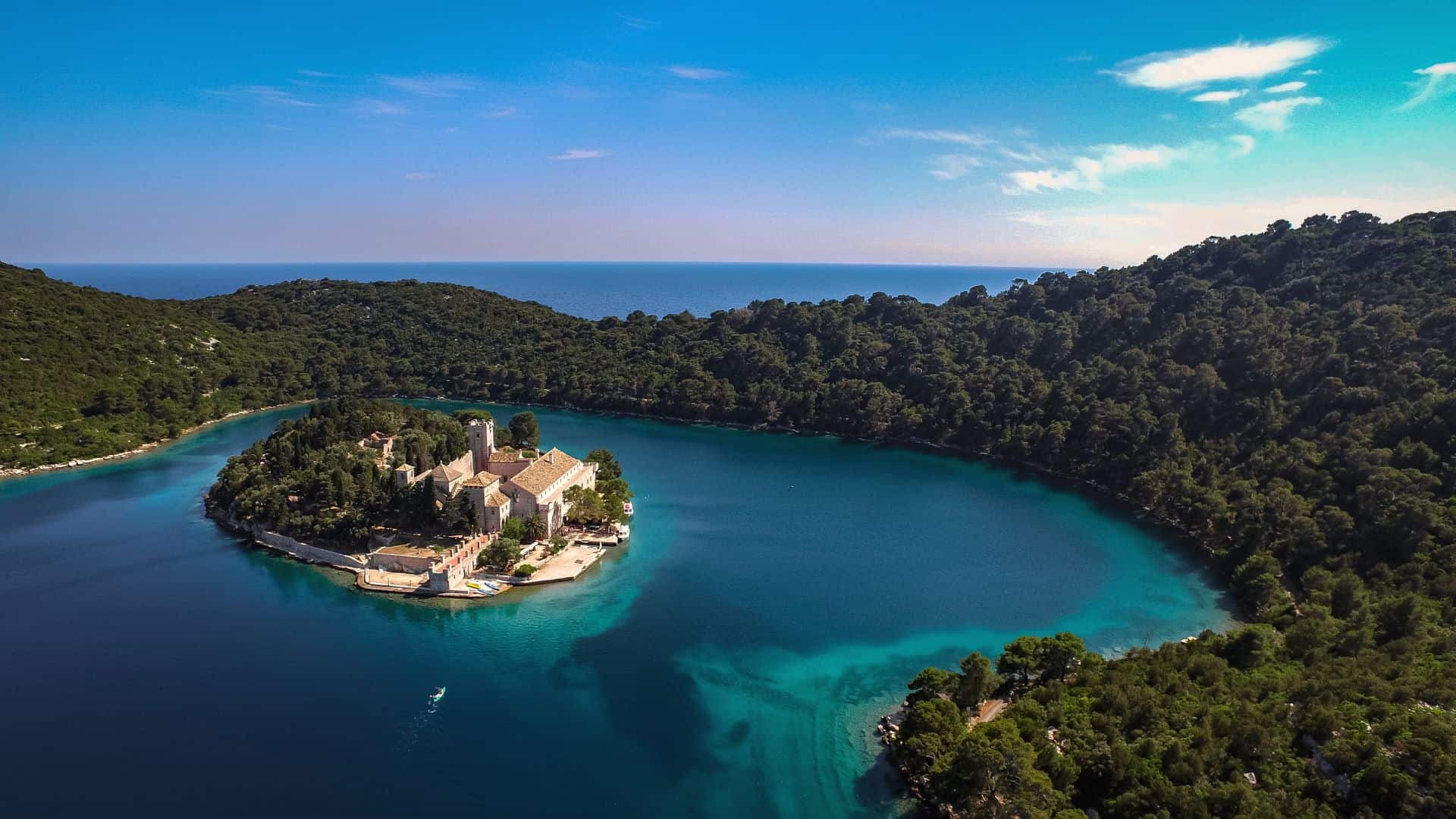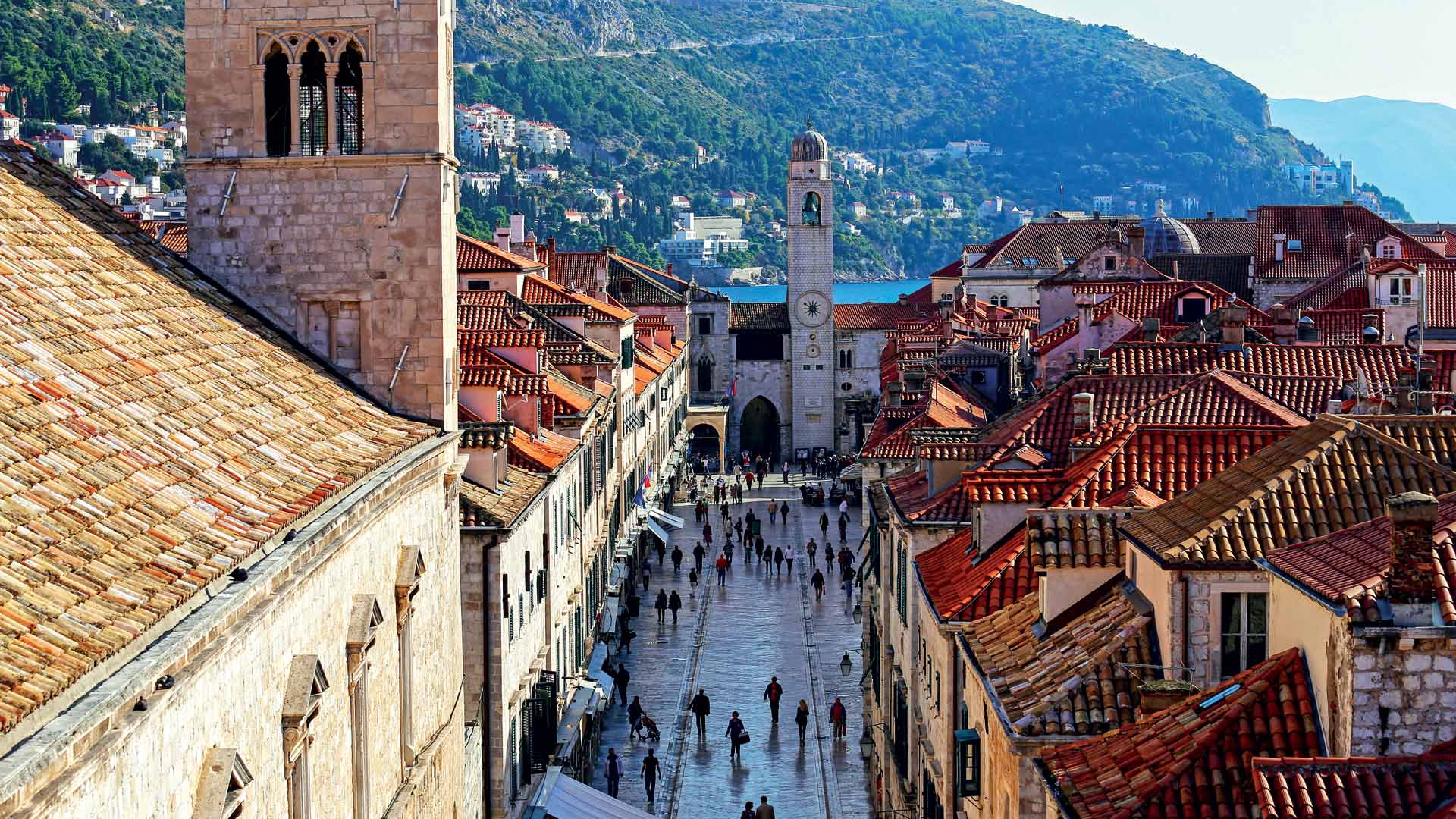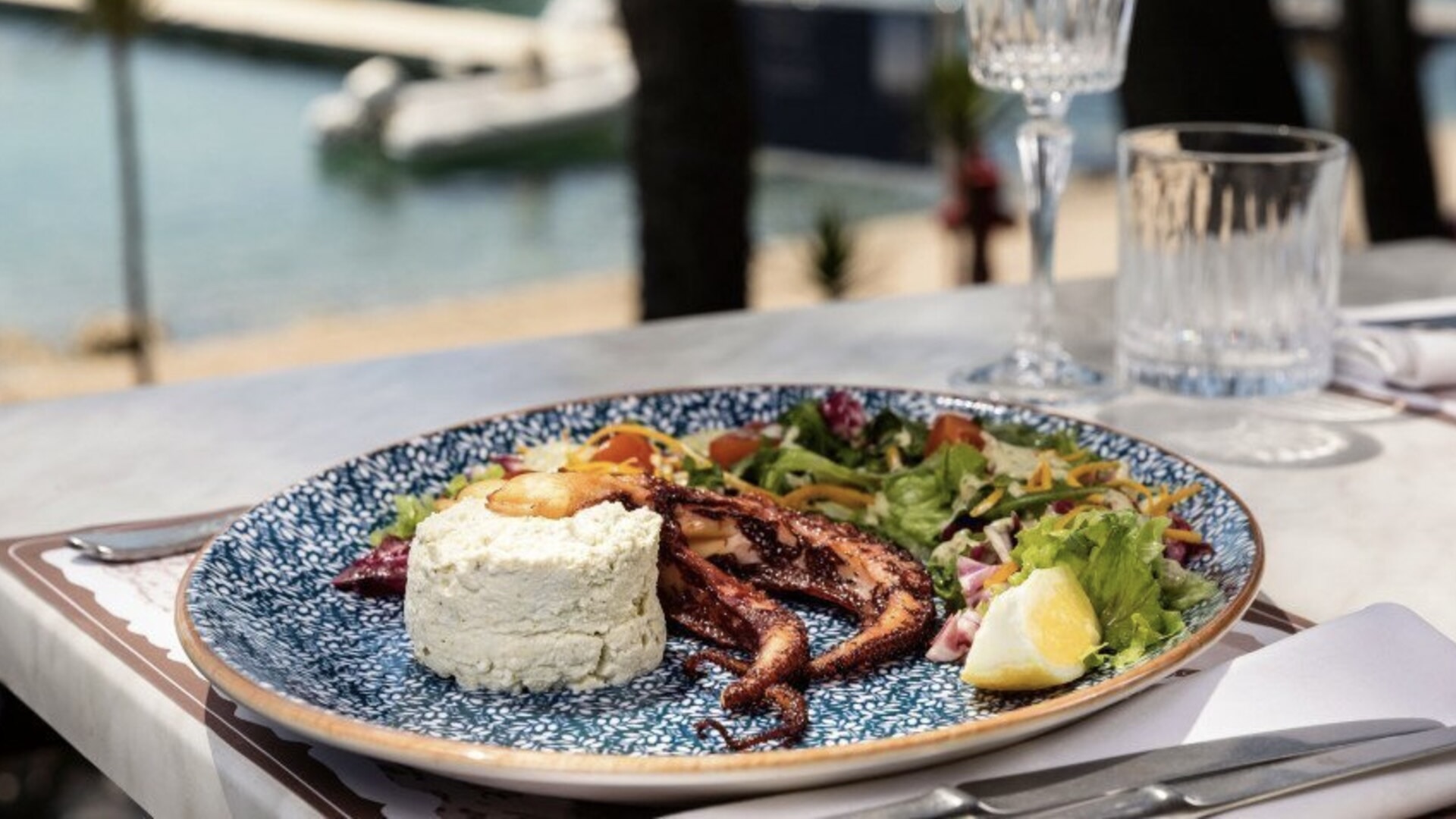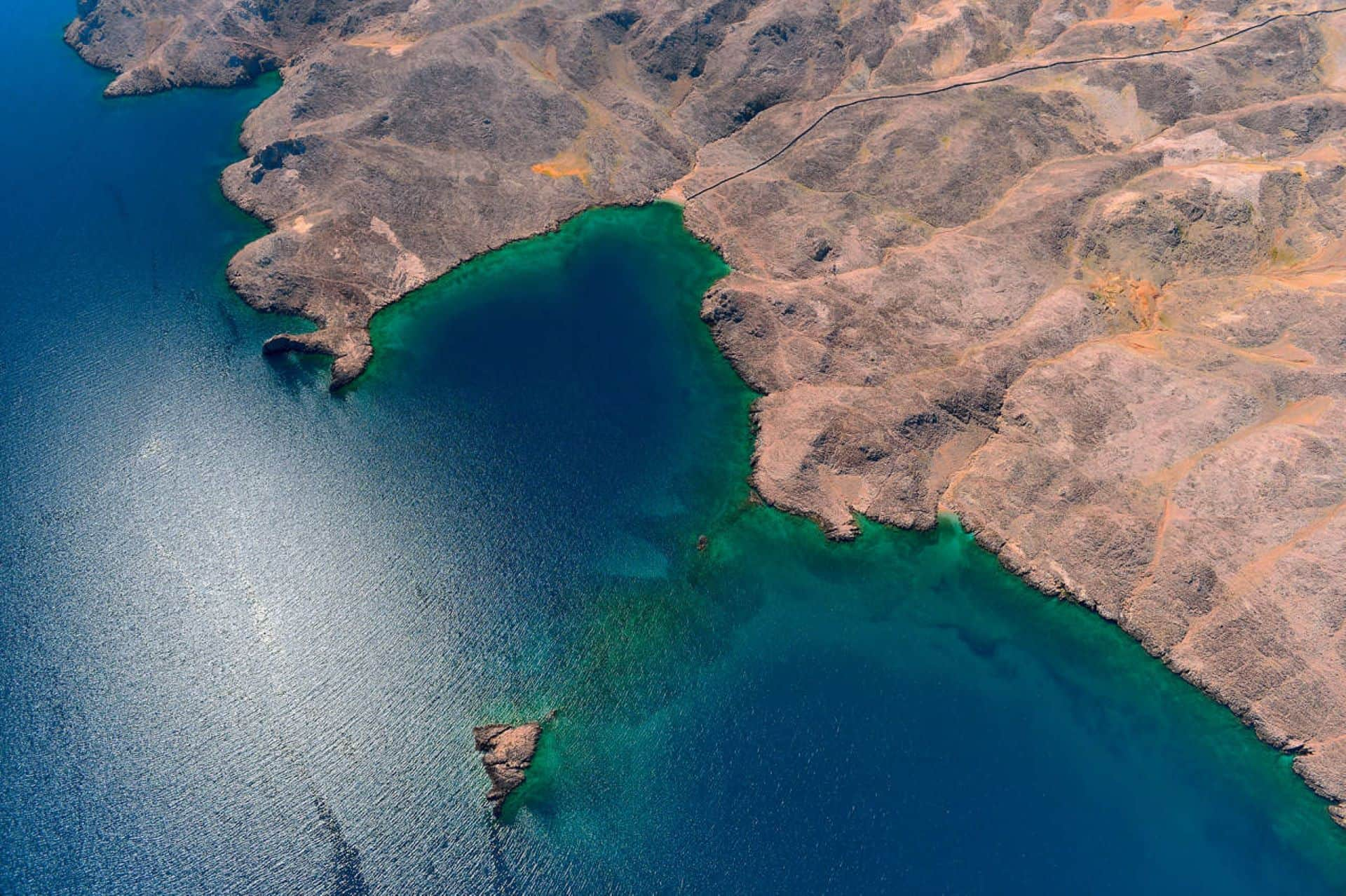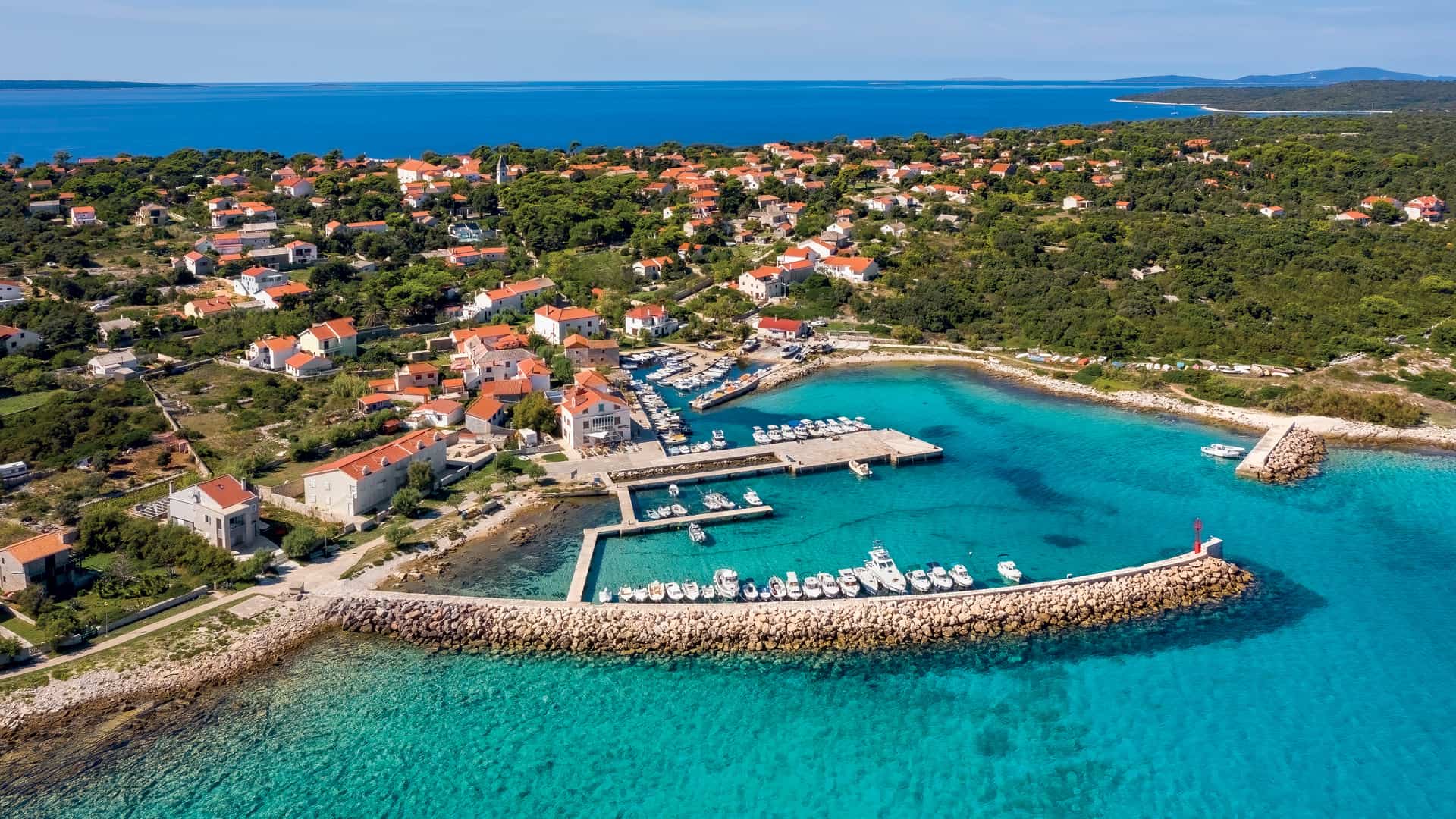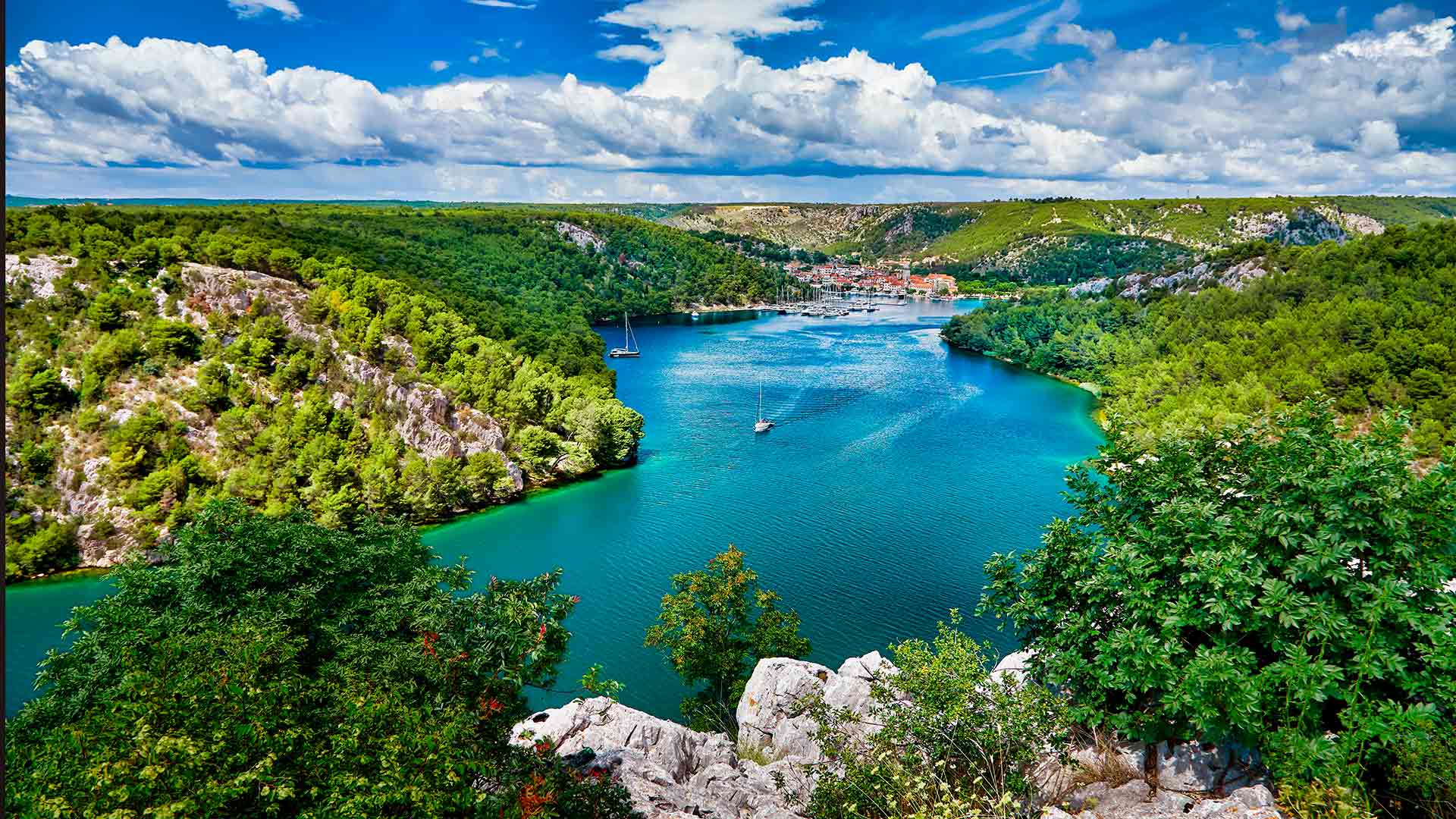Calling the walls of Ston gateway to heaven may sound a bit exaggerated – until you see what’s behind them. One small town holds the key to all that’s good in life: delicious food, charming surroundings, impressive history. Once you see all that Ston has to offer, you’ll understand why it’s spoken about in such superlatives
Sun, sea and soil give this town everything it’s famous for – fine sea salt, oysters and wine. Each of them is in itself a good reason to visit the town, perched at the very top of the Pelješac peninsula. Easily accessible from the mainland at mere five kilometers from the Adriatic highway, Ston is most popular among visitors coming in by water, up the southern coast of Pelješac or the northern side of Mljet, by a private boat, luxury yacht or the regular ferry line Sobra – Prapratno.
What to do in Ston, Pelješac?

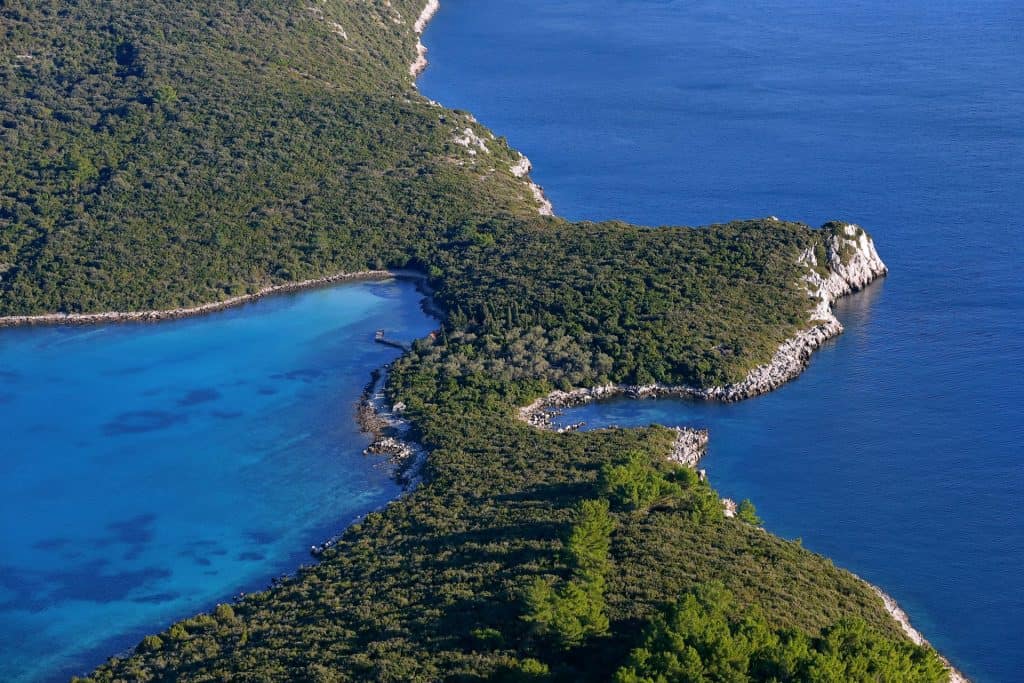

Beaches on Pelješac
One of the most popular starting points for all Pelješac tours – and for a good reason – is Lovište cove, a day ride from Ston. Further down the coast, Vučine cove offers plenty of anchoring space in the village of Žuljana, beloved for sandy beaches. The next spot popular among yachts is Prapratno, mere two kilometers by foot from Ston, and lately extremely popular among the Instagram traveler crowd.
The tiny 9th century of St. Michael atop the Gorica hill serves as a backdrop for many a summer photo, and the hill itself offers plenty of opportunity to flex your photography muscle, stretching into the distance between the blue of the sky and the sea.
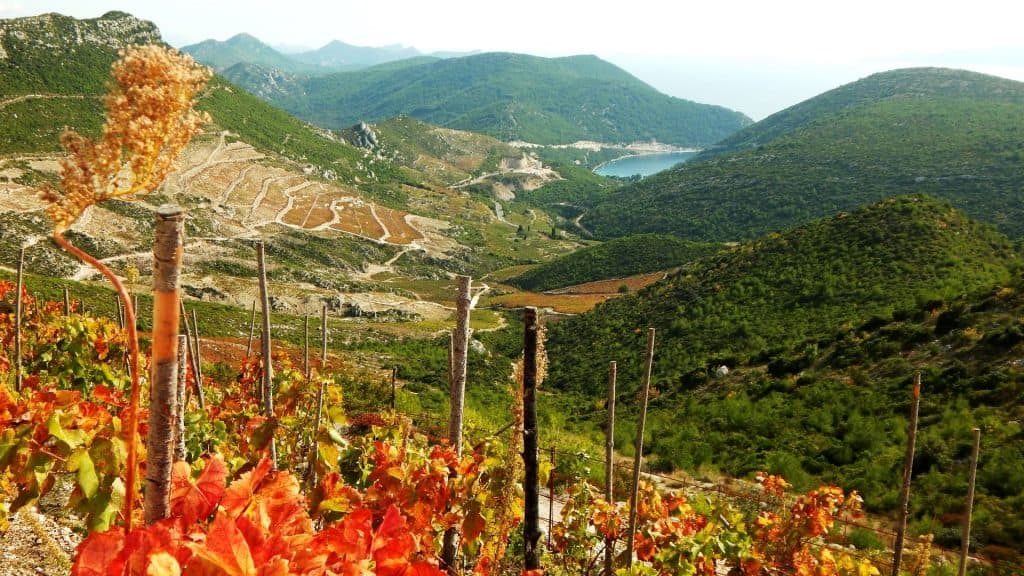
If photography (or Instagram) aren’t your thing, perhaps hiking or biking is. La route Napoleon – the seven-kilometer long French Road or Napoleon’s Road – is as exciting as it was when it was built in the early 1800s, offers many a site worth seeing, and it will take you straight to the gates of heaven. The walls of Ston are Europe’s oldest preserved defense walls and second largest system of defense walls in the world, shorter only than the Great Wall of China.
While the Great Wall of China was built to stop a terrifying enemy, Mongols, the walls of Stone were to serve a unique purpose: to protect the most precious product of the area, sea salt. Game of Thrones production team took advantage of this spectacular construction to represent King’s Landing of Westeros.
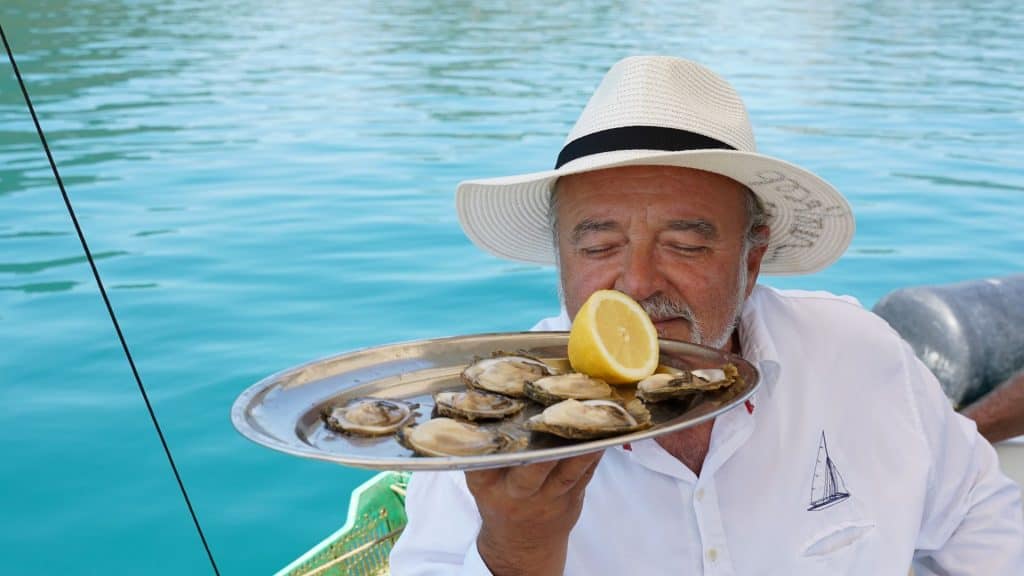
Built at the narrowest point of the Pelješac peninsula and connecting the Bay of Mali Ston and the narrow inlet further south, the walls served as defense of the precious sea salt evaporation ponds that contributed massively to the wealth of the Republic of Ragusa.
That stretch of sea still offers the easiest access to the town, and is very popular for those coming in by boat – and there are many who venture there if only for a dinner in the foodie shrine that is the fishing village of Kobaš, nested in the middle of the narrow inlet. This cozy village is uncharacteristically quiet for a popular yachting destination, and well worth visiting if only for that – perhaps all that good food has a calming effect. Come for dinner, stay for a good night’s sleep.
Ston salt pans
The Ston salt pans are the oldest in Europe, operating since the antiquity – and still look as they always have, like a giant chess board crawling with busy workers harvesting salt. The harvesting process hasn’t changed either – why change a naturally perfected process – and neither have the intensity of the sun and the salinity, so the only thing to do really is just to show up and take what is so abundantly offered.
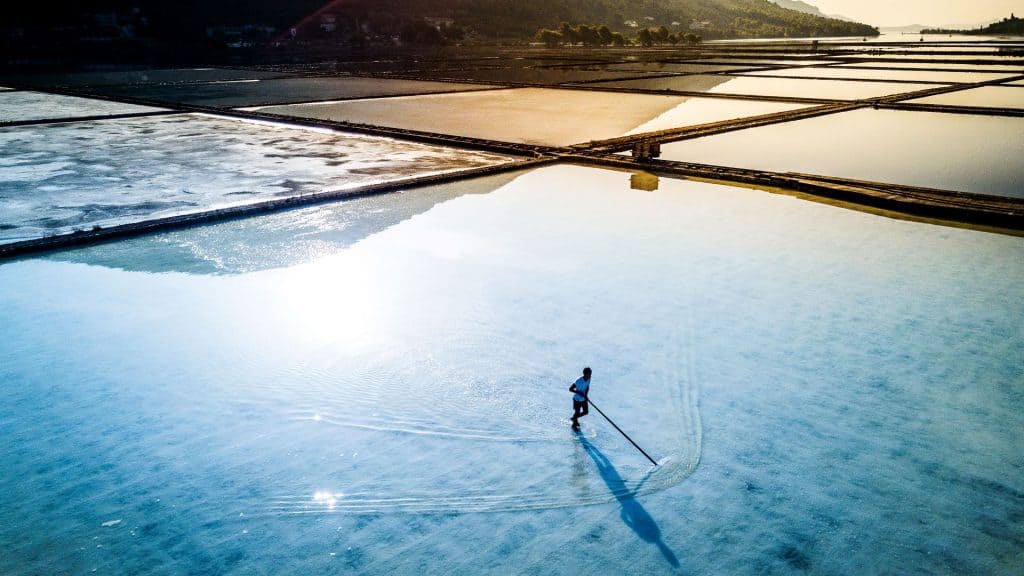
Not only the oldest existing, but the oldest operating salt pans in Europe – and possibly the world – they are definitely worth a visit, and if you’re in the mood, you can learn how to harvest salt yourself. In early September, the salt festival gives all interested an opportunity to get their hands on some free salt – everything you harvest is yours to take.
In the Middle Ages, salt was so precious and expensive it was dubbed ‘white gold’ in the area, and seeing how much actual gold the Republic of Ragusa earned by selling it, it’s clear why they wanted to protect the salt pans.
Walls of Ston
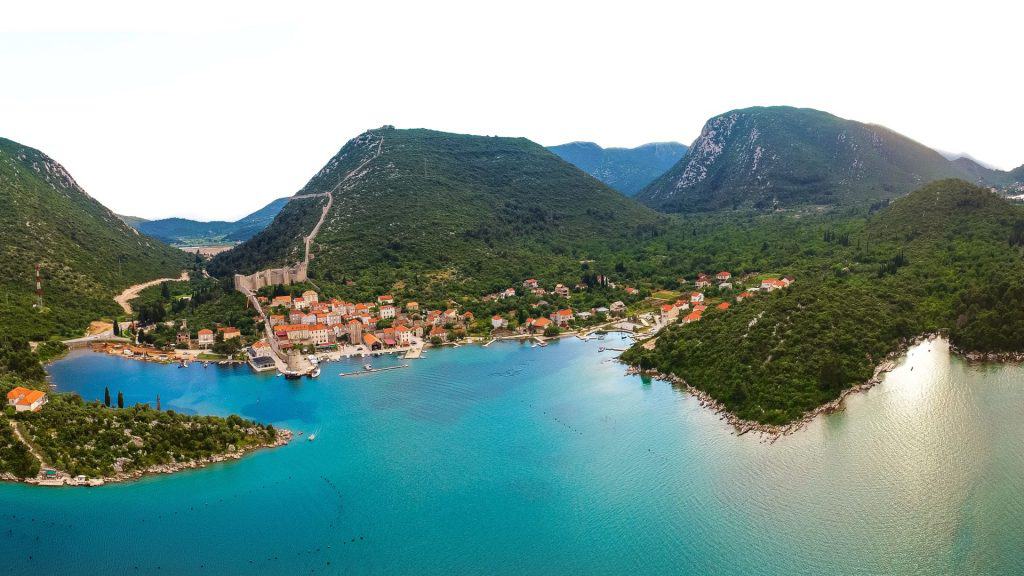
Almost immediately after adding Ston and surroundings to their territories, in the 14th century, the cunning and trade-oriented Dubrovnik secured their new source of riches building a system of walls and forts.

Iva
This Ferretti 960 model with her sophisticated, modern spacious interior, dining area with breathtaking panoramic views and amazing sunbathing platform is calling you to spend unforgettable experience on the sea.
The walls connected the towns of Ston and Mali Ston, stretching over seven kilometers and incorporating forty towers and six fortresses (most popular among tourists are Bartolomio, Podzvizd, Kaštio and Koruna). The walls have been well maintained throughout history and have held on to their original appearance, giving the town of Stone a spectacular backdrop.
Ston oysters
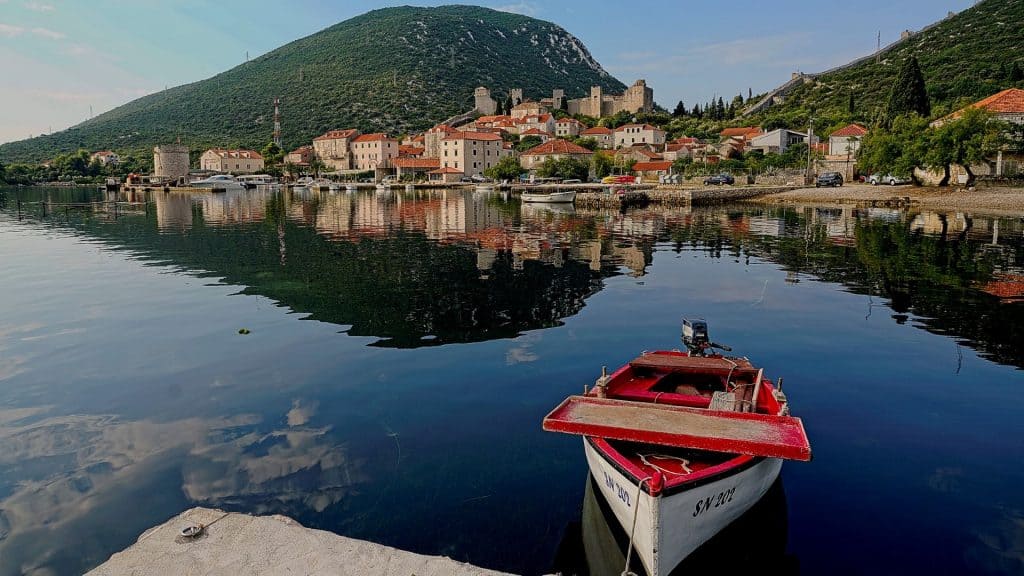
Interesting enough on their own, the walls are also the perfect stage for events, like the Stone walls marathon, Cum grano salis walking tour of the salt pans, or the Untold story tour of the town. Maybe not historical, but definitely legendary, the Ston oyster is the jewel in the crown of the regional gastronomy. Best enjoyed fresh from the sea, without frills and with just a drop of lemon juice, the Ston oyster is a bite of heaven.
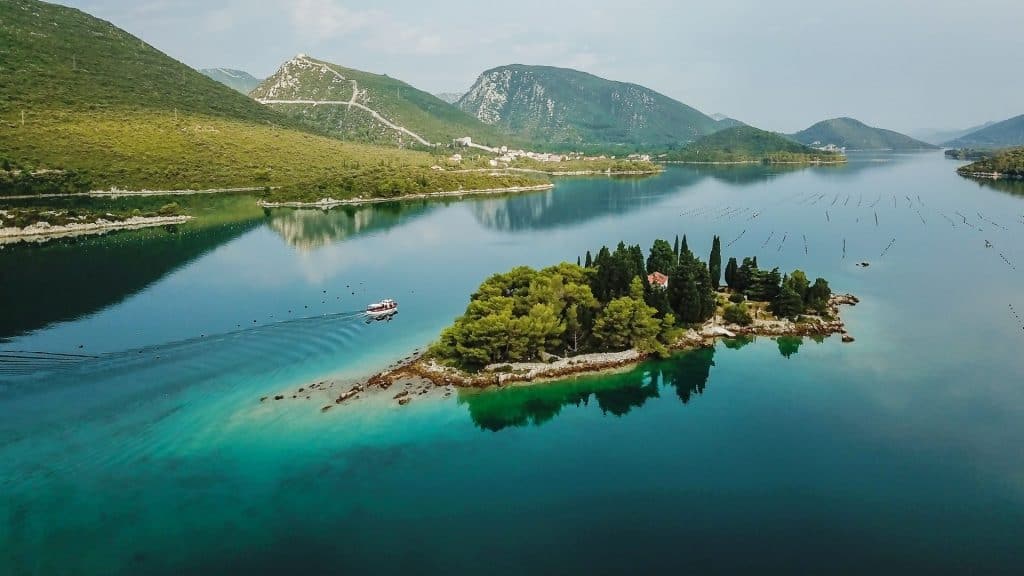
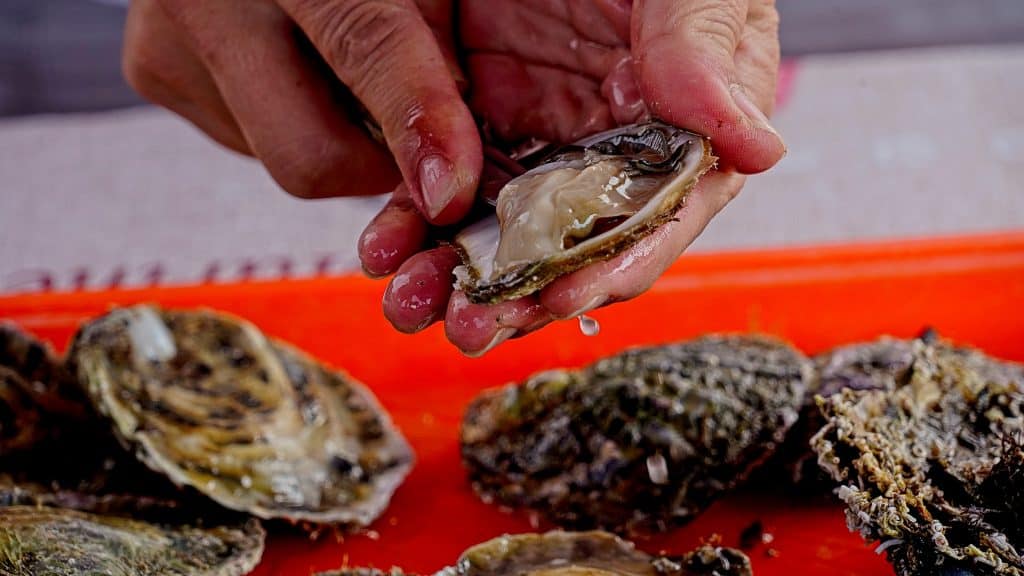
Although oysters are obviously fresh in all of them, our favorites are Kapetanova kuća and Bota Šare, two of the oldest ones and legends in their own right. Whatever brought you to Ston and oysters – you know what they are famous for, right? – you absolutely cannot leave without trying the third most famous product of the region: plavac mali. Wash down all that salt with a glass of red wine, say goodbye to Ston and set your sails for Pelješac.
Text Filip Bubalo
Photos HTZ/Ivo Biočina, TZ Ston, Mario Jelavić & Boris Kačan
